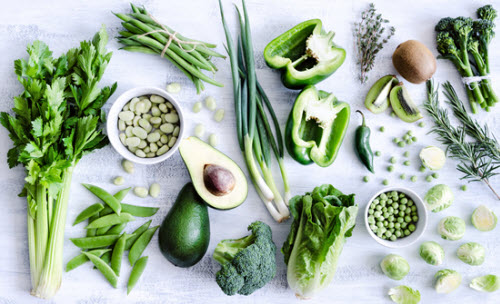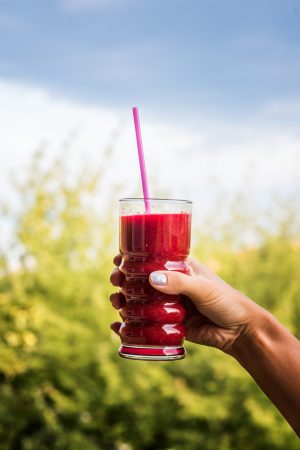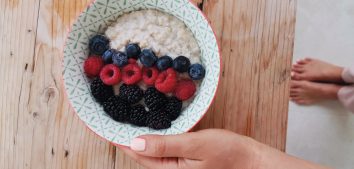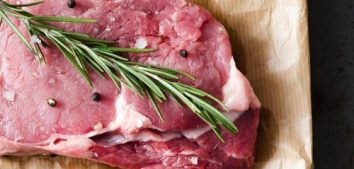
Antioxidants and their natural sources
Today I would like to put forward the subject of free radicals and antioxidants.
Antioxidants are a powerful weapon in the fight against numerous diseases, such as: high blood pressure, diabetes, arteriosclerosis and neoplastic diseases. All these conditions are characterized by a higher level of oxidative stress.
What are free radicals and why are they so harmful?
Free radicals are substances which have an unpaired valence electron. It may sound complicated, but it’s not. The unpaired electron makes radicals extremely unstable and as a result they become highly chemically reactive. They join other molecules in our body, like lipids, carbohydrates, proteins or DNA. Such connections destroy a given structure and may result in serious consequences.
Where do free radicals come from?
Every day we are exposed to oxidative stress, a condition in which the amount of free radicals exceeds antioxidant ability of our bodies. The reasons are a bad diet, stress, toxins, pollution of water, food and air, using drugs. Free radicals also emerge during cellular respiration but in normal circumstances they are neutralized by antioxidant systems in our body.
Antioxidants and substances which enhance their activity
Antioxidants are reactive compounds which neutralize free radicals. They are a very diverse group which comprises many types of compounds. Antioxidants are vitamins (such as A, C, E), they are also enzymes with enzymatic activity (e.g. popular glutathione) and elements which support antioxidant systems, such as selenium, zinc, copper.
Natural sources of antioxidants you must remember about every day!
Vitamins:
Vitamins C – parsley, blackcurrant, wild rose hips, acerola, red pepper, kiwi fruit, cabbage, citrus fruit (though they do not contain as much vitamin C as one might think).
Vitamin E – plant oils such as: wheat germ oil, sunflower oil or safflower seed oil.
Vitamin A and carotenoids – you can find vitamin A in products of animal origin, mainly giblets, liver, eggs and cheese. β-carotene is a precursor to vitamin A and can be found in plant-based products, e.g. in carrots, pumpkins, apricots and peaches.
Lycopene – tomatoes and tomato preserves (e.g. tomato concentrate).
Elements with antioxidant properties:
Zinc – meat, liver, rennet cheese, buckwheat groats, eggs, nuts.
Selenium – seafood, giblets, mushrooms, nuts.
Superfoods
They are rich in various antioxidants. We can include here: blueberries, blackberries, raspberries, bilberries, currants, legumes, green tea, red wine, cabbage, parsley, pepper.
Don’t forget your daily dose of vegetables and fruits, which are not only a source of antioxidants but also provide you with vitamins, minerals and fiber!
Sources:
- Lobo V, Patil A, Phatak A, Chandra N. Free radicals, antioxidants and functional foods: Impact on human health. Pharmacognosy Reviews. 2010;4(8):118-126. doi:10.4103/0973-7847.70902.
- Normy żywienia dla populacji polskiej, nowelizacja z 2017 roku, IŻŻ, https://ncez.pl/upload/normy-zywienia-dla-populacji-polski-2017.pdf
- Stolarzewicz IA, Ciekot J, Fabiszewska AU, Białecka-Florjańczyk E. Roślinne i mikrobiologiczne źródła Przeciwutleniaczy. Postepy Hig Med Dosw (online), 2013; 67: 1359-1373.












Comments No Comments
Join the discussion…